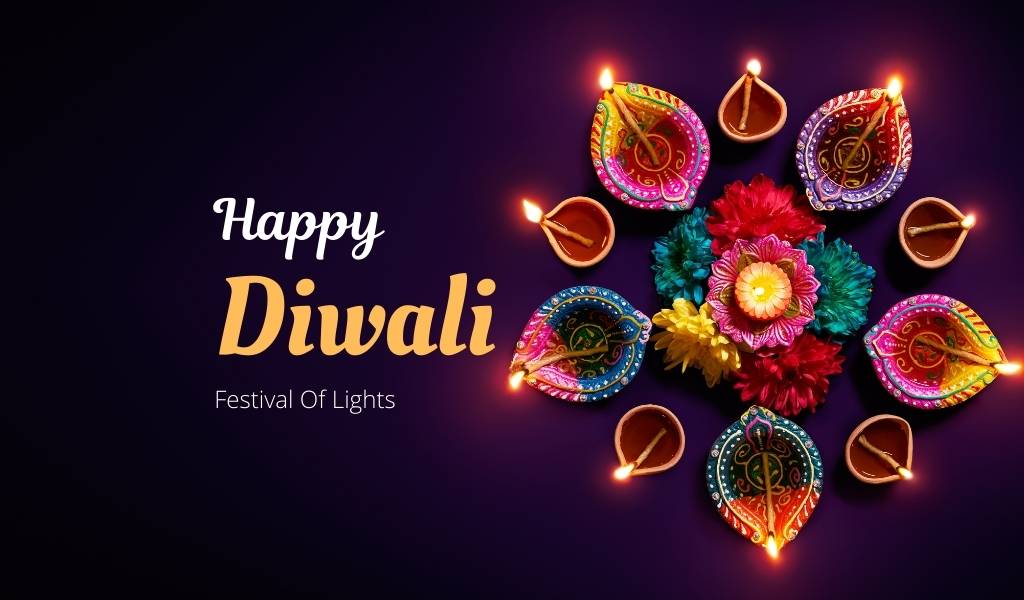Diwali, known as the “Festivals of Lights,” is widely celebrated in India and worldwide. Within India, Diwali is one of the biggest and most significant holidays of the year. The name Diwali originates from Sanskrit, implying “a row of lights.” celebration of Diwali involves light illumination, candles, firecrackers, and clay lumps which symbolize the victory of good over evil or inner lighting over spiritual darkness. Diwali is a time for all loved ones to commit themselves to making the right choices and, more so, celebrate life.
Over the years, Diwali has continued to be a national festival that even non-Hindu communities celebrate. For instance, this day, in Jainism, marks the nirvana or spiritual awakening of Lord Mahavira. On the other hand, Sikhism honors the day that Guru Hargobind Ji was freed from prison. While celebrating Diwali, people are always reminded of doing acts that prove goodwill over evil, strengthening the religion and culture of Indian natives celebrating.
A short History of Diwali
Thousands of years ago, a humble prince named Prince Rama lived in the Kingdom of Ayodhya in northern India. He was respected and loved by many. According to Diwali Toolkit, Prince Rama is a manifestation of Lord Vishnu and a personification of righteousness (dharma). At the same time, Sita is an incarnation of Lakshmi, the Goddess of wealth and prosperity.
Most Hindus recognize Diwali as a day celebrating the return of Prince Rama of Ayodha, Brother Lakshman, and his wife Sita after14 years of exile. Prince Rama, the eldest son, was supposed to inherit the kingdom but was banished to the forest by the evil and jealous stepmother as he wanted his son to inherit the kingdom as opposed to Prince Rama. Hindus believe that for 14 years, they were sad as they thought they had lost the prince rightfully supposed to inherit their kingdom, but to their surprise, the King returned. On this day of the return of prince Rama, they decided to honor the day by lighting the entire Kingdom of Ayodhya.
Different legendary stories always back the celebration of Diwali
During this day in history, Hindus were very happy to have their rightful King return, and as a sign of joy and honor, they lit lamps in the entire city, which made Ayodhya city look like a row of lights. So, likewise, the victory of good over evil is concerning when Prince Rama was able to return to the kingdom he was born in many years after his stepmother banished him.
Still, the typical narration on how this day became a day of celebration is based on the legendary Prince of Ayodhya Kingdom. The Hindu religion is the oldest in the world and can be traced back to the second millennium B.C. The different and varied versions of the Diwali story are subject to geographic communities within India. The good thing about all these different versions is that they are all epic tales based on the victory won by men considered as incarnations of God Vishnu, the universe’s sustainer. In all the epic tales god Vishnu plays a significant role in restoring the balance between good and evil in times of trouble.
Who Celebrates Diwali?
Diwali is celebrated by Jains, Hindus, Sikhs, and Buddhists generally. Still, it is also marked by people of Indian and non-Indian heritage, regardless of the difference in their historical legends and celebratory events. However, the holiday and celebrations represent the same symbol: the victory of good over evil, light over darkness, and light over darkness. As revealed from Hindu history, Diwali Celebration takes place in Five Days: each day has its significance, as will be discussed below.
Celebrating Diwali: Five Days and their Significance
Day 1: Dhanteras
The first day is devoted to the Goddess Lakshmi, whereby people mark the occasion by cleaning their houses and making kolam and rangolis. Intricate-colored decorations are put on the floor with rice, sand, powder, and flowers. Significantly, on this day, people go shopping and create great Indian treats to share with the community.
Day 2: Chhoti Diwali or Kalichaudas
The second day, commonly known as “Small Diwali,” is spent preparing for the big celebrations that will take place on the third day. On this day, people spend the day offering prayers for the souls of their deceased ancestors, marked by people displaying clay lamps known as Diya.
Day 3: Diwali
The third and most prominent day of the five days is “Diwali.” On this day, people celebrating will wear new clothes and, most importantly, visit a temple and do a puja or worship service. Lighting diyas and other illuminations within the house will be done, including fireworks celebrations. It is a day for gathering with all our loved ones, having a good time feasting, playing cards and games of chance.
Day 4: Annakut, Padwa, Govardhan Puja
The fourth day of Diwali marks New Year for many Indian religions, a time to feel thankful for making it through the past year, now looking forward to the following year, a time to share gifts and wish all the best for the incoming year. The fourth day can also be used to dedicate the bond between a husband and a wife. It reflects the recognition of the love between Rama and Sita. In some Indian religions, some people perform pujas which is acceptable to wish a prosperous new year.
Day 5: Bhai Duj, Bhai Bheej
The fifth day is the last day of Diwali and is devoted to siblings, where they celebrate to signify the bond between brothers and sisters. Family members will visit each other and share a meal for the occasion. From the initial to this last day, we see Diwali plays a significant role in bringing together the family and community.
Since Diwali has been there for a long time, and we celebrated it even during the Covid-19 pandemic, this year shouldn’t be an exception for us to come together for the common good. In the past few years, we had many negative global issues, but this makes up for the bitter-sweet Diwali. Those marking the holiday will derive comfort from the holiday spirit, believing that, eventually, light must triumph over darkness.
















